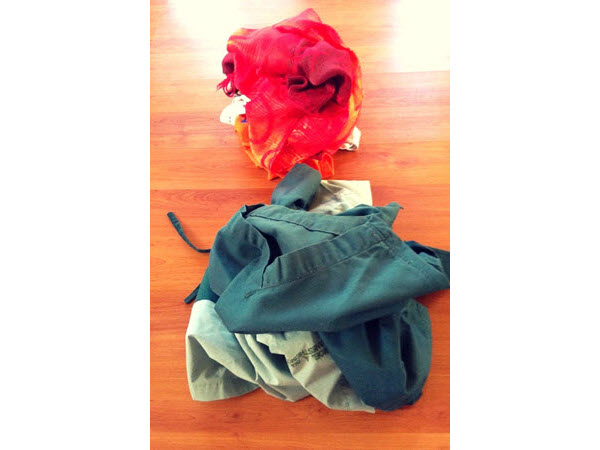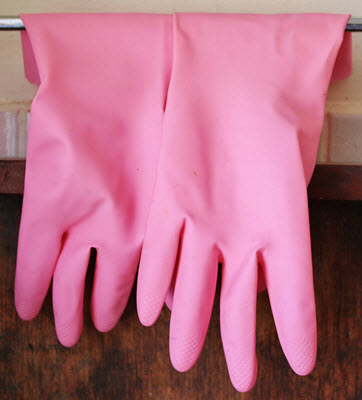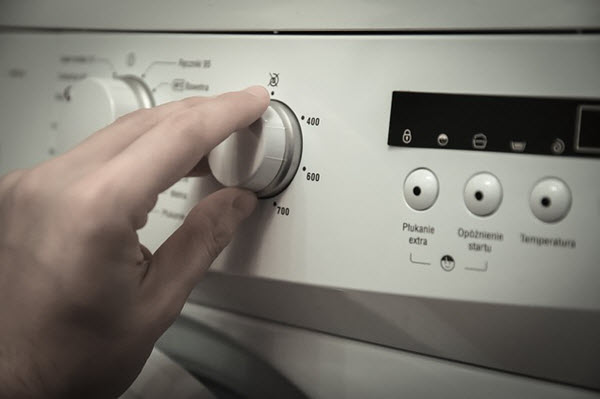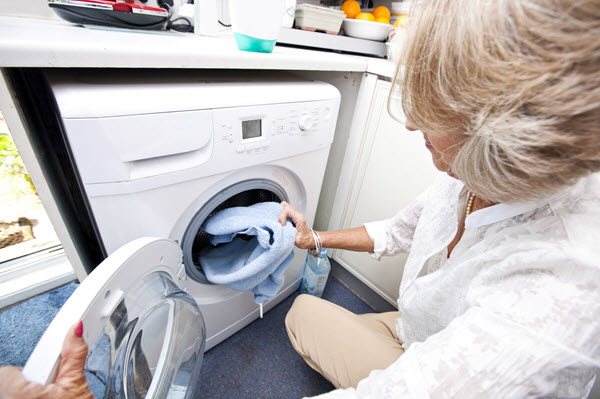How To Disinfect Scrubs: A Nurse’s Guide To Sanitizing Scrubs Properly

Scrubs are more than just your work uniform and a symbol of the profession. They are also meant to ensure your patients’ safety through proper hygiene. Unfortunately, keeping them clean and free from bacteria takes a lot of effort, particularly when you are running a very busy shift. They can harbor pathogens that can compromise your patients’ safety (1).
One way you can prevent your scrubs from compromising your patients’ health is to make sure that you wash and disinfect them properly. Read the article until the end to know how to disinfect scrubs the right way.
![]()
How To Disinfect Scrubs
1First off, separate scrubs from regular clothes.

Remember, they are dirty so they need to be washed separately.
So, as soon as you get home, change out of your scrubs and place them in a separate hamper. If you change into regular clothes before leaving work, make it a habit to bring a plastic freezer bag. Use it to seal away your dirty scrubs until it’s time for your laundry.
If you are worried about consuming too much water and energy, you can wait until you have several dirty scrubs to wash. However, when loading them in your washing machine, you need to make sure that there’s enough room for your scrubs to move around. Otherwise, you won’t be able to clean them thoroughly.
Extra Tip:
If someone in the family who is immunocompromised is doing the laundry, remind them to wear disposable gloves for protection.

If there’s blood, you can apply a small amount of bleach or vinegar first. For coffee stains, a mixture of one part vinegar and 2 parts water should do the trick.
3Wash with cold water and detergent in normal setting.
Make sure to turn your scrubs inside out first to prevent abrading. After the first wash is done, check your scrubs again for any stains. The next step will need hot water which can likely make the stains set. If you’re sure that there’s no residue left, you can proceed with the second wash.
If you can still see stains, it may be necessary to soak your scrubs to properly disinfect them. Just don’t leave them too long in the bleach mixture to avoid damaging the fabric.
4Use bleach for stains.
Bleach doesn’t just work as a disinfectant in healthcare facilities (2), but it’s also helpful in removing stains on clothes.
If your washer has a bleach dispenser, use it to dilute the bleach before adding it to your load. If your washer doesn’t have one, fill your tub first with hot water and add ¾ cup of bleach.
Remember, don’t use full strength bleach on your clothes as it can weaken their fibers and remove their color completely. Also, add the bleach to the washer water first before adding your scrubs.
5Tumble dry in high heat.

Use the highest heat setting and tumble dry your scrubs for around 30 minutes. This is to kill the bacteria on your scrubs.
6Iron your scrubs.
This step subjects them to high heat. This ensures that the remaining bacteria on your uniform are removed.
7Place in a plastic dry-cleaning bag to limit exposure

Don’t take out your scrubs unless it’s time to wear them. Make sure that you only change into them until you’re at the hospital.
See Also: 10 Tips & Tricks To Keep Your Nursing Scrubs in Great Shape
How To Disinfect Your Washer
Now that you’re done washing and pressing your scrubs, you should make it a point to disinfect your washer, too. This is really important since you will wash your regular clothes using it.
This part is really easy. Here’s how:
- Prepare a bleach solution with 10 parts bleach and one part water.
- Transfer the solution in a spray bottle and spray it inside your washer.
- Take a dish sponge and use the scrubbing side to clean the tub and the lid.
- Once you’ve scrubbed all areas, fill the washer with hot water and bleach and run a short cycle.
References:
1. Sanon, M. A., & Watkins, S. (2012). Nurses’ uniforms: How many bacteria do they carry after one shift?. Journal of public health and epidemiology, 4(10), 311.
2. Rutala, W. A., & Weber, D. J. (1997). Uses of inorganic hypochlorite (bleach) in health-care facilities. Clinical microbiology reviews, 10(4), 597-610.







